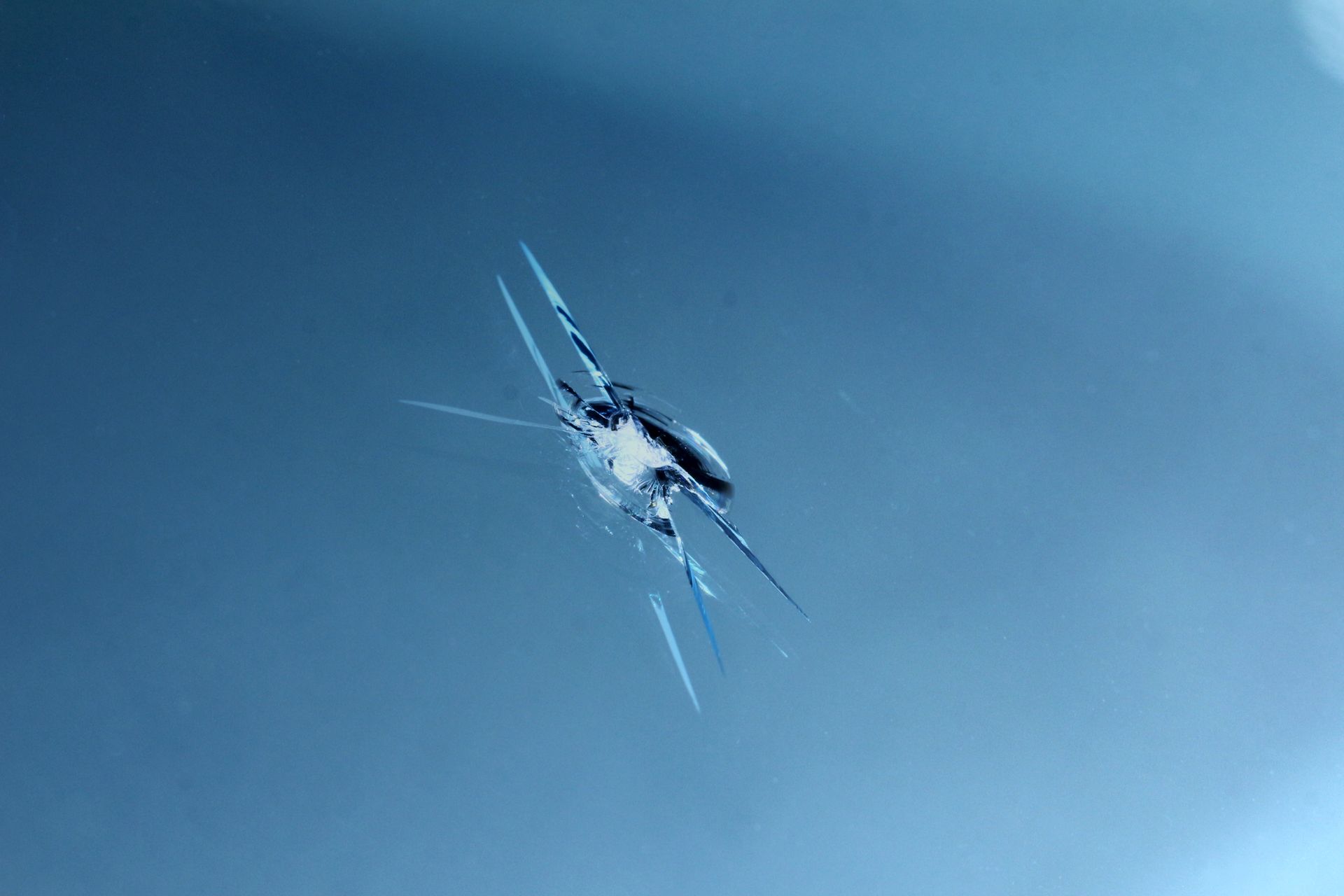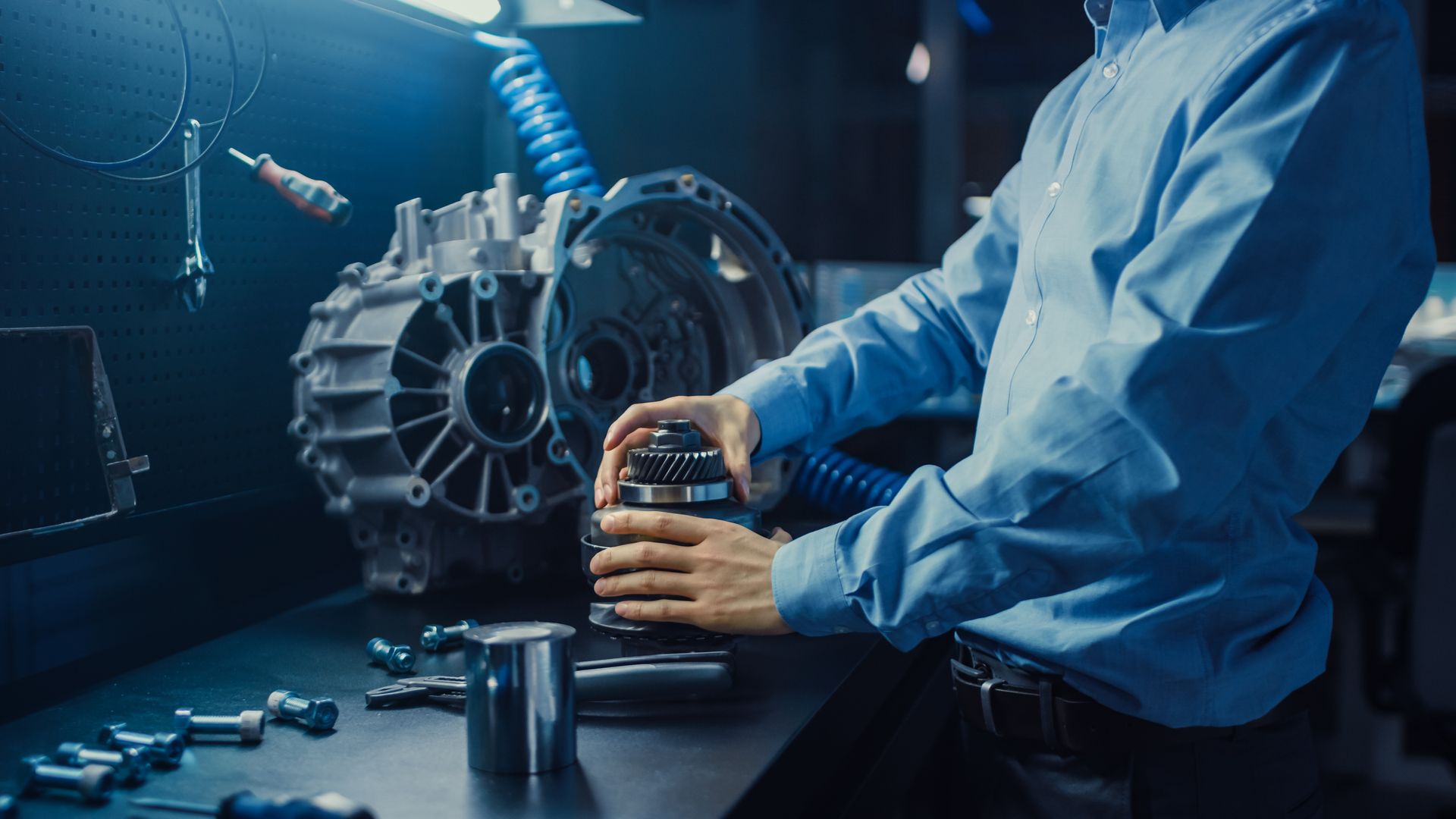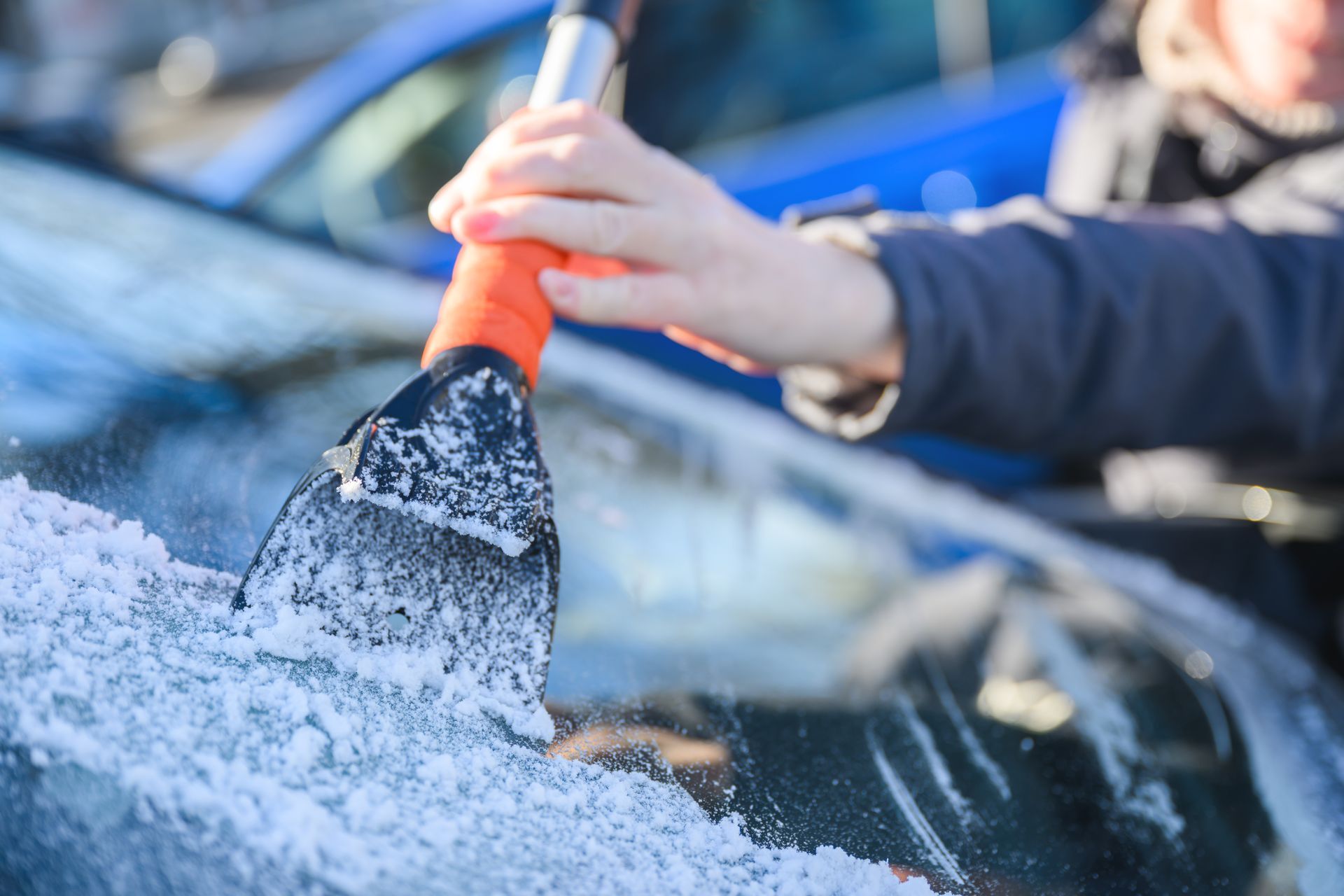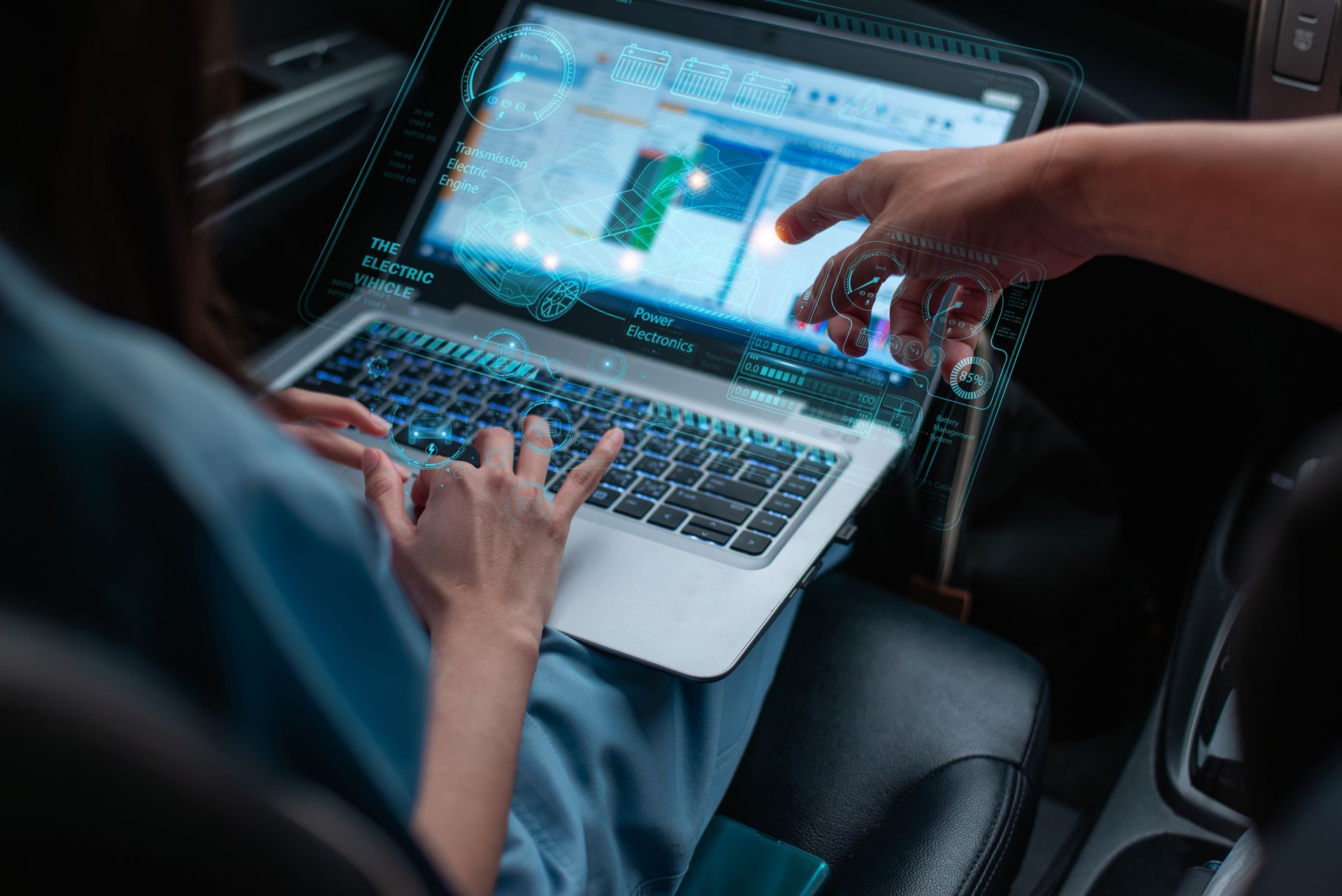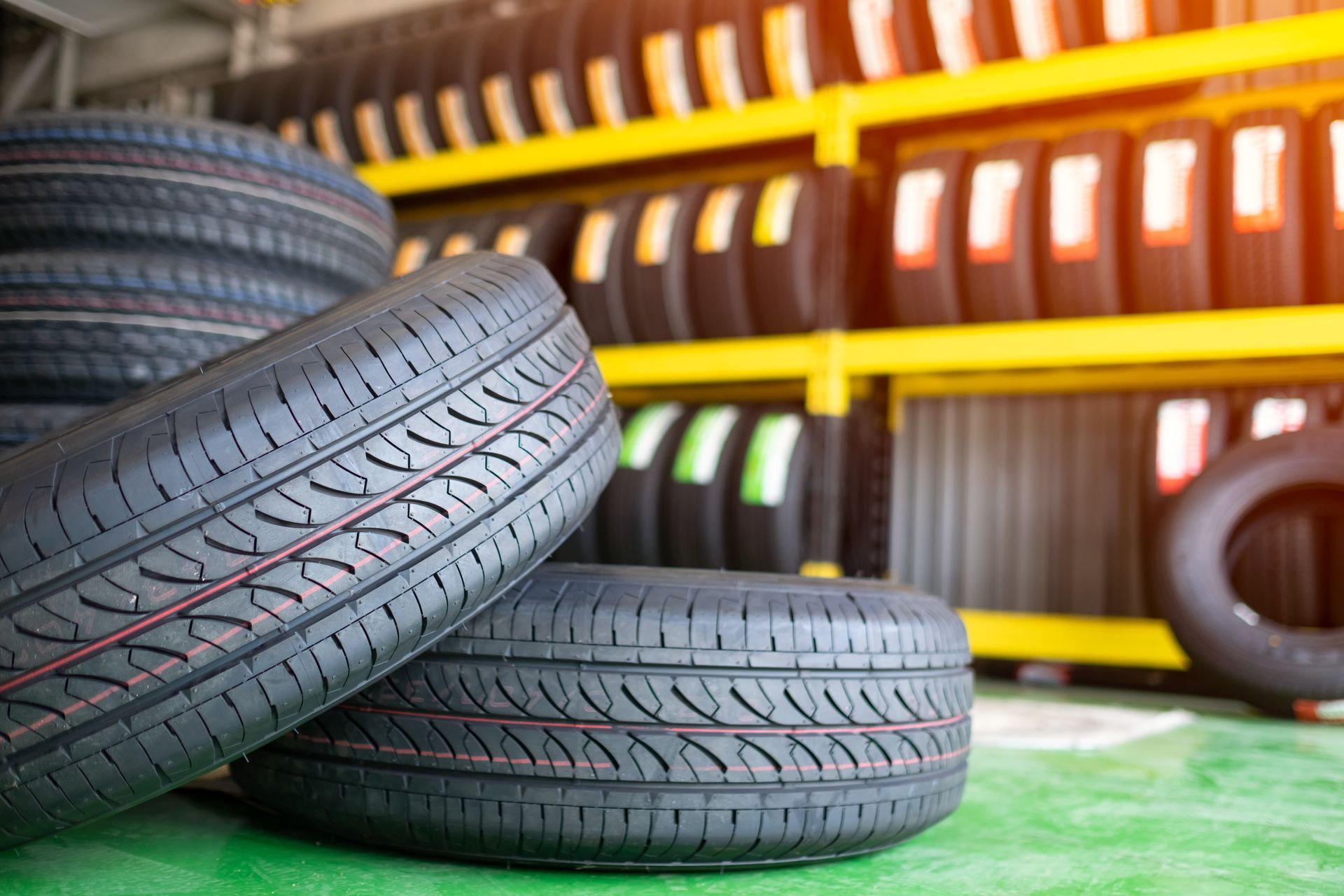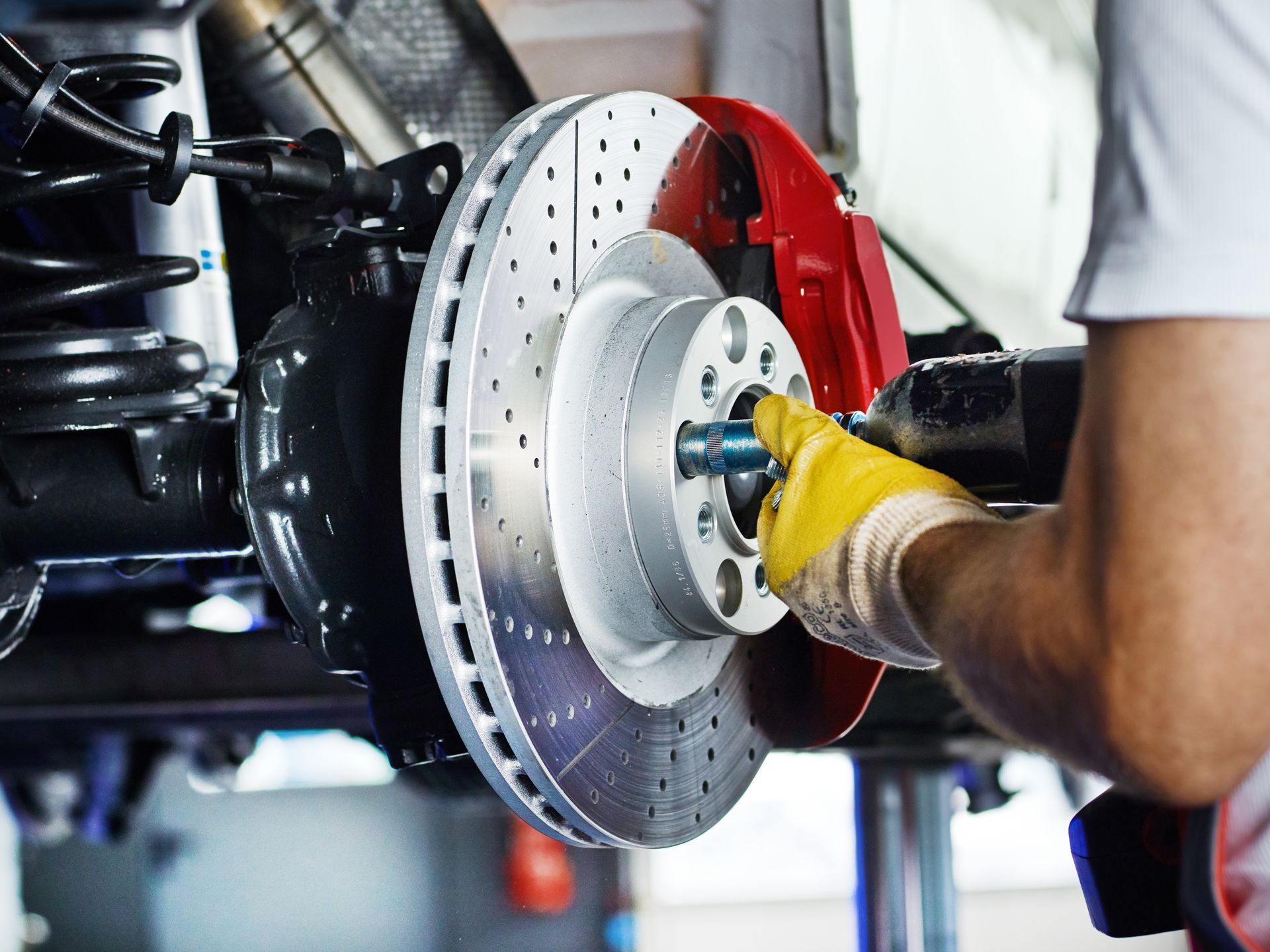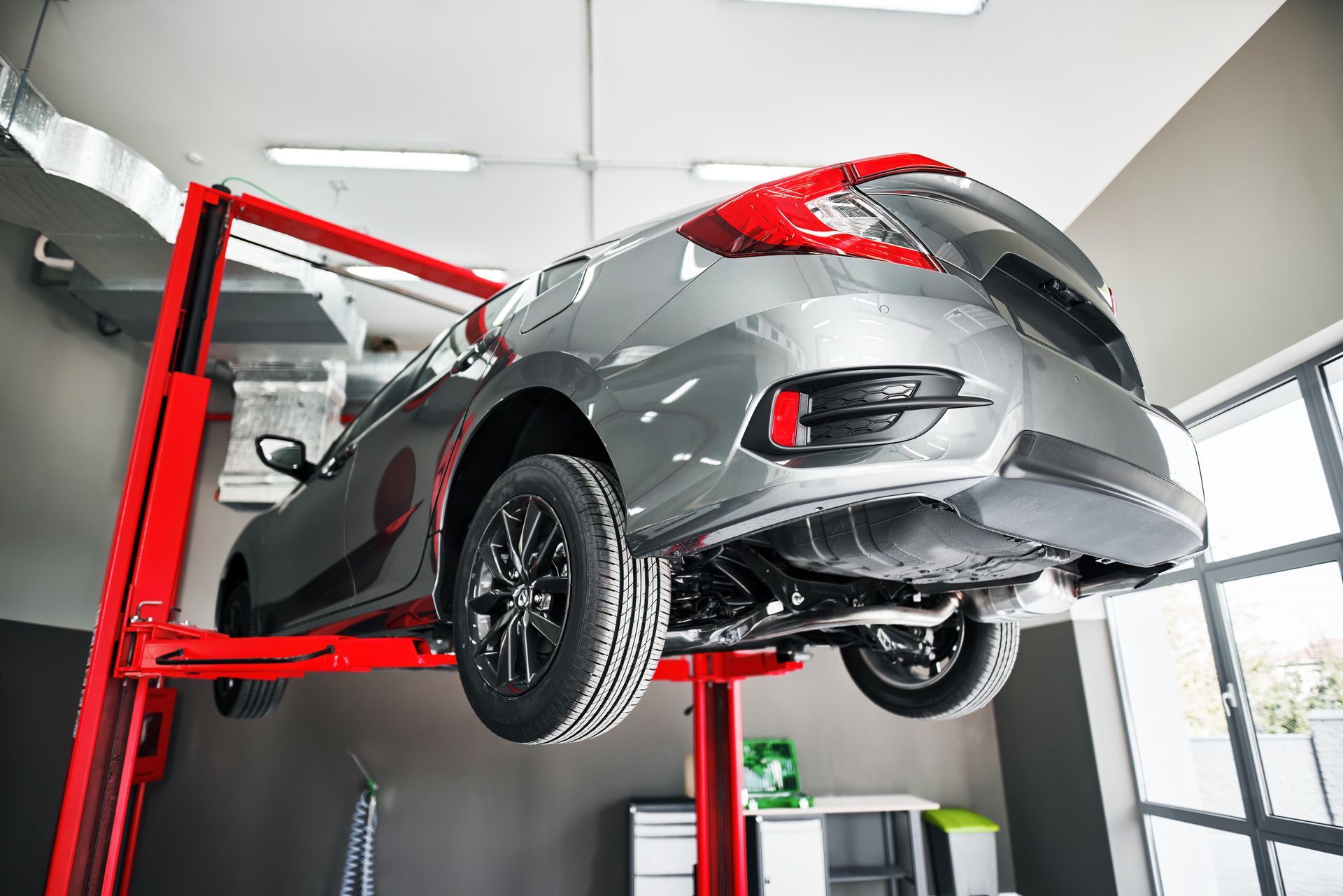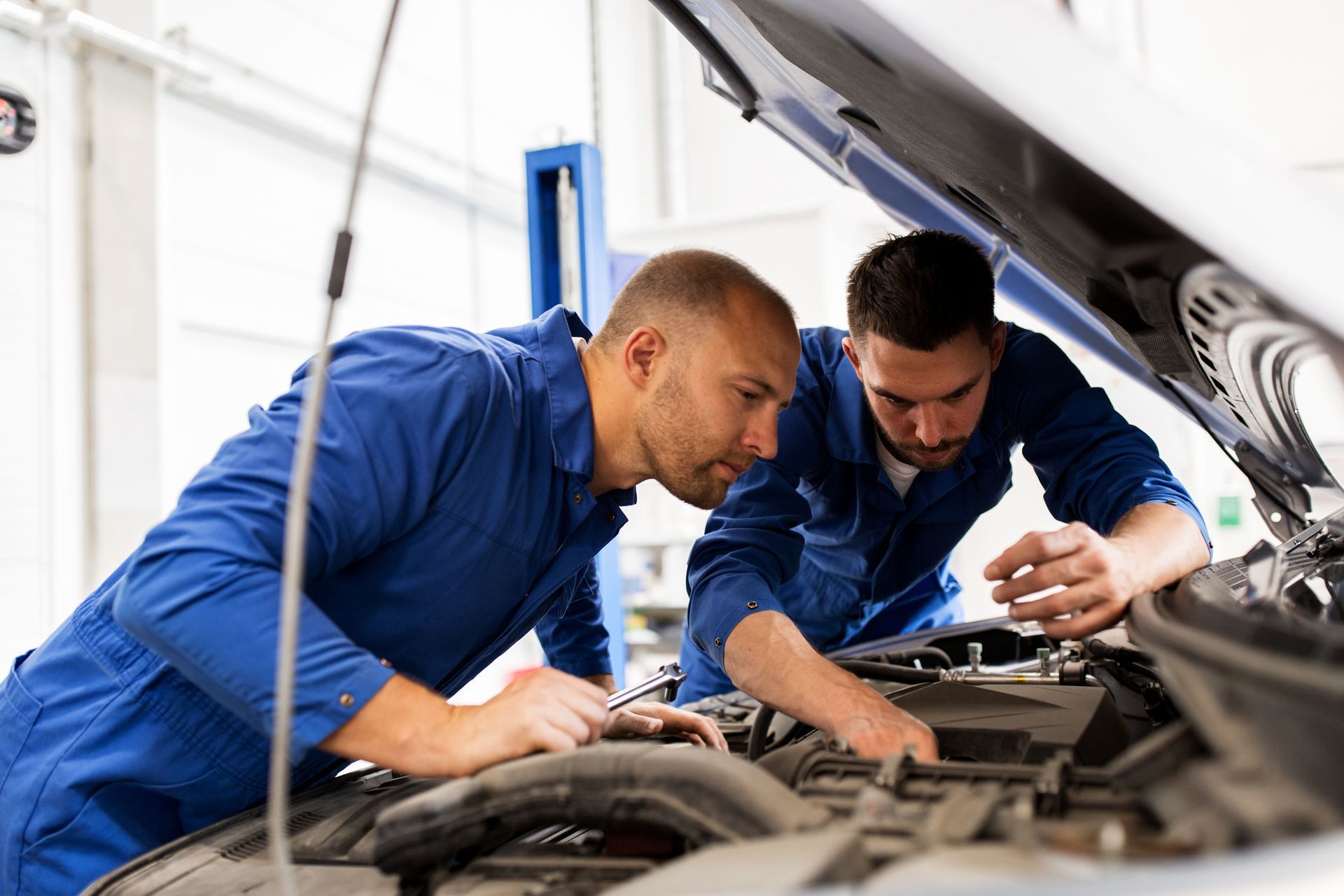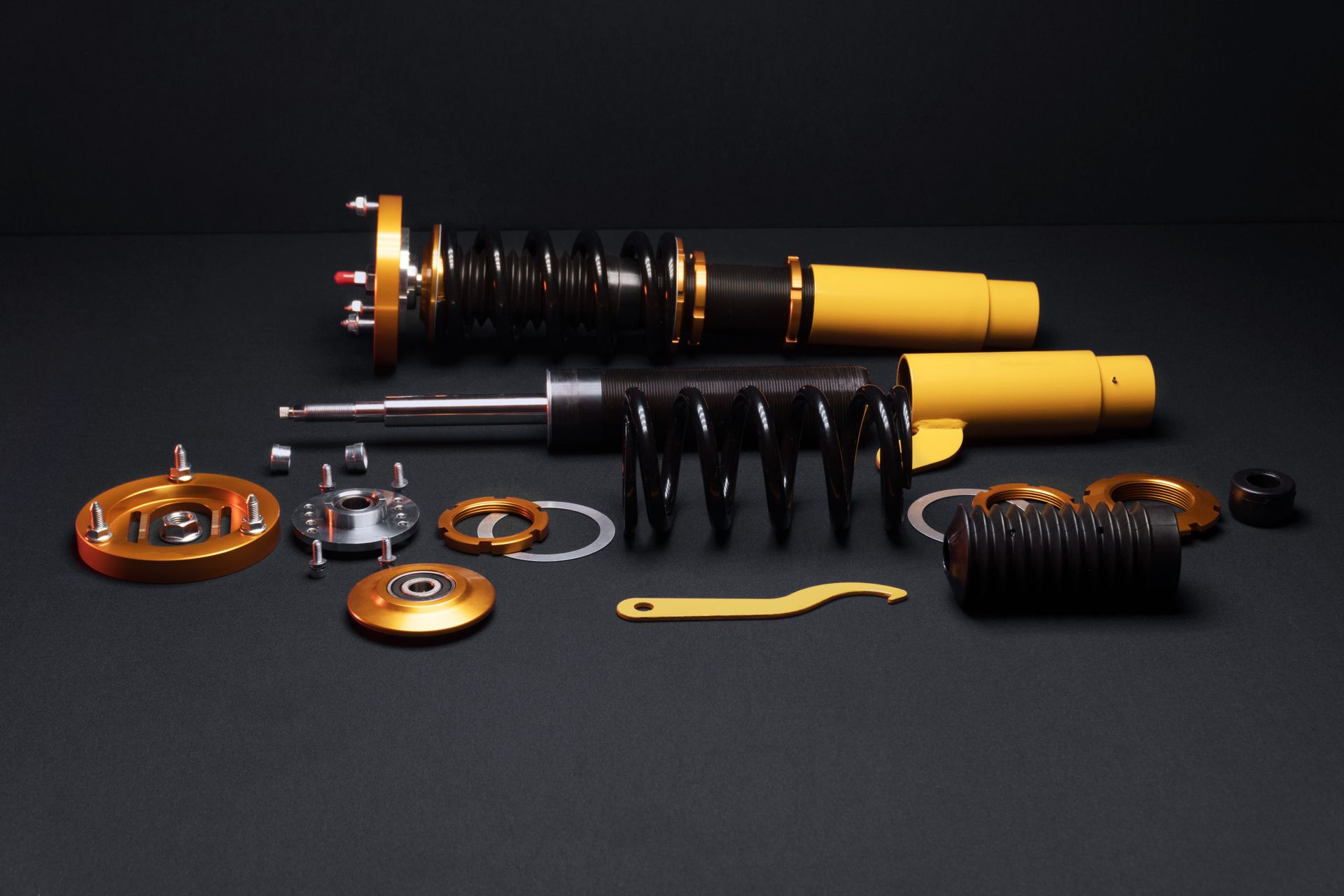Every driver knows that the brake system is one of the most important safety features of a car. The brake pads and rotors are two key components of this system, and it’s important to know how they work together in order to keep your vehicle running smoothly. The brake pads are located at the end of the caliper, and they press against the rotor to create friction. This friction slows down the wheel, eventually bringing the car to a stop. Over time, the brake pads will wear down and need to be replaced.
Brake History
The history of brake pads and rotors can be traced back to the early days of the automobile. The first cars were equipped with wooden or metal blocks that were squeezed against the wheel to slow it down. However, these blocks were not very effective and often caused the wheels to skid or lock up. In order to improve braking performance, designers began experimenting with different materials.
One of the first innovations was the introduction of asbestos-lined brake pads. Asbestos provided good friction and thermal properties, and it remained the primary material used in brake pads until the late 20th century. However, asbestos is a carcinogen, and its use in brake pads led to concerns about exposure to dust and fumes. As a result, many manufacturers switched to ceramic brake pads in the 1990s. Ceramic brake pads offer excellent performance and are much cleaner than asbestos-based pads. However, they are also more expensive, which has limited their use in mass-market vehicles.
Brakes Today
Today, most cars are equipped with semi-metallic brake pads, which offer a balance of performance and cost. Brake rotors are also made from different materials, including cast iron, steel, aluminum, and ceramic. The rotors are metal discs that also sit at the end of the caliper. They rotate along with the wheel and provide a smooth surface for the brake pads to press against. If the rotors become damaged, they can cause the brake pads to wear down more quickly or cause the car to shudder when braking.
Brake pads press against the rotors to create friction. This friction is what slows the car down when you apply the brakes. When you brake, the pads squeeze the rotors, and this friction causes the wheels to slow down. Brake pads and rotors need to be replaced periodically to ensure that your car’s braking system remains effective.
Brake pads and rotors are essential car parts. If the pads wear out, they will no longer be able to create enough friction to slow the car down. Damaged rotors can lead to brake fade. Consequently, it’s important to have your brakes checked regularly by a qualified mechanic.

